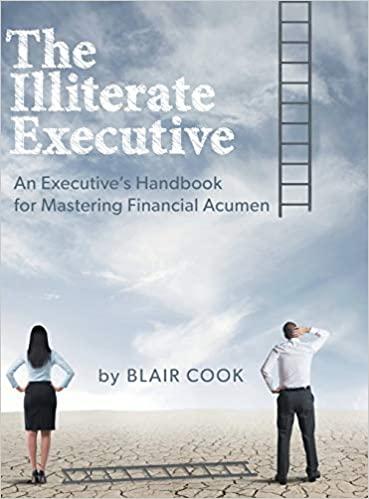First National Bank You have applied for a job with a local bank. As part of its evaluation process, you must take an examination on
First National Bank
You have applied for a job with a local bank. As part of its evaluation process, you must take an examination on time value of money analysis covering the following questions: a. Draw time lines for (1) a $100 lump sum cash flow at the end of Year 2; (2) an ordinary annuity of $100 per year for 3 years; and (3) an uneven cash flow stream of, $100, $75, and $50 at the end of Years 0 through 3.
b. 1. Whats the future value of $100 after 3 years if it earns 4%, annual compounding?
2.Whats the present value of $100 to be received in 3 years if the interest rate is 4%, annual compounding?
d. What annual interest rate would cause $100 to grow to $119.10 in 3 years?
e. If a companys sales are growing at a rate of 10% annually, how long will it take sales to double?
f. Whats the difference between an ordinary annuity and an annuity due? What type of annuity is shown here? How would you change it to the other type of annuity?
g. 1. What is the future value of a 3-year, $100 ordinary annuity if the annual interest rate is 4%?
2. What is its present value?
3. What would the future and present values be if it was an annuity due?
h. A 5-year, $100 ordinary annuity has an annual interest rate of 4%.
1. What is its present value?
2. What would the present value be if it was a 10-year annuity?
3. What would the present value be if it was a 25-year annuity?
4. What would the present value be if this was a perpetuity?
i. A 20-year-old student wants to save $5 a day for her retirement. Every day she places $5 in a drawer. At the end of each year, she invests the accumulated savings ($1,825) in a brokerage account with an expected annual return of 8%.
1. If she keeps saving in this manner, how much will she have accumulated at age 65?
2. If a 40-year-old investor began saving in this manner, how much would he have at age 65?
3. How much would the 40-year-old investor have to save each year to accumulate the same amount at 65 as the 20-year-old investor?
j. What is the present value of the following uneven cash flow stream? The annual interest rate is 4%.
k. 1. Will the future value be larger or smaller if we compound an initial amount more often than annually (e.g., semiannually, holding the stated (nominal) rate constant)? Why?
2. Define (a) the stated (or quoted or nominal) rate, (b) the periodic rate, and (c) the effective annual rate (EAR or EFF%)
3. What is the EAR corresponding to a nominal rate of 4% compounded semiannually? Compounded quarterly? Compounded daily?
4. What is the future value of $100 after 3 years under 4% semiannual compounding? Quarterly compounding?
Morton Hadley & Company
Maria Juarez is a professional tennis player, and your firm manages her money. She has asked you to give her information about what determines the level of various interest rates. Your boss has prepared some questions for you to consider.
a. What are the four most fundamental factors that affect the cost of money, or the general level of interest rates, in the economy?
b. What is the real risk-free rate of interest and the nominal risk-free rate? How are these two rates measured?
c. Define the terms inflation premium (IP), default risk premium (DRP), liquidity premium (LP), and maturity risk premium (MRP). Which of these premiums is included in determining the interest rate on (1) short-term U.S. Treasury securities, (2) long-term U.S. Treasury securities, (3) shortterm corporate securities, and (4) long-term corporate securities? Explain how the premiums would vary over time and among the different securities listed.
d. What is the term structure of interest rates? What is a yield curve?
e. Suppose most investors expect the inflation rate to be 5% next year, 6% the following year, and 8% thereafter. The real risk-free rate is 3%. The maturity risk premium is zero for bonds that mature in 1 year or less and 0.1% for 2-year bonds; then the MRP increases by 0.1% per year thereafter for 20 years, after which it is stable. What is the interest rate on 1-, 10-, and 20-year Treasury bonds? Draw a yield curve with these data. What factors can explain why this constructed yield curve is upward sloping?
f. At any given time, how would the yield curve facing a AAA-rated company compare with the yield curve for U.S. Treasury securities? At any given time, how would the yield curve facing a BB-rated company compare with the yield curve for U.S. Treasury securities? Draw a graph to illustrate your answer.
g. What is the pure expectations theory? What does the pure expectations theory imply about the term structure of interest rates?
i. Describe how macroeconomic factors affect the level of interest rates. How do these factors explain why interest rates have been lower in recent years?
Step by Step Solution
There are 3 Steps involved in it
Step: 1

See step-by-step solutions with expert insights and AI powered tools for academic success
Step: 2

Step: 3

Ace Your Homework with AI
Get the answers you need in no time with our AI-driven, step-by-step assistance
Get Started


